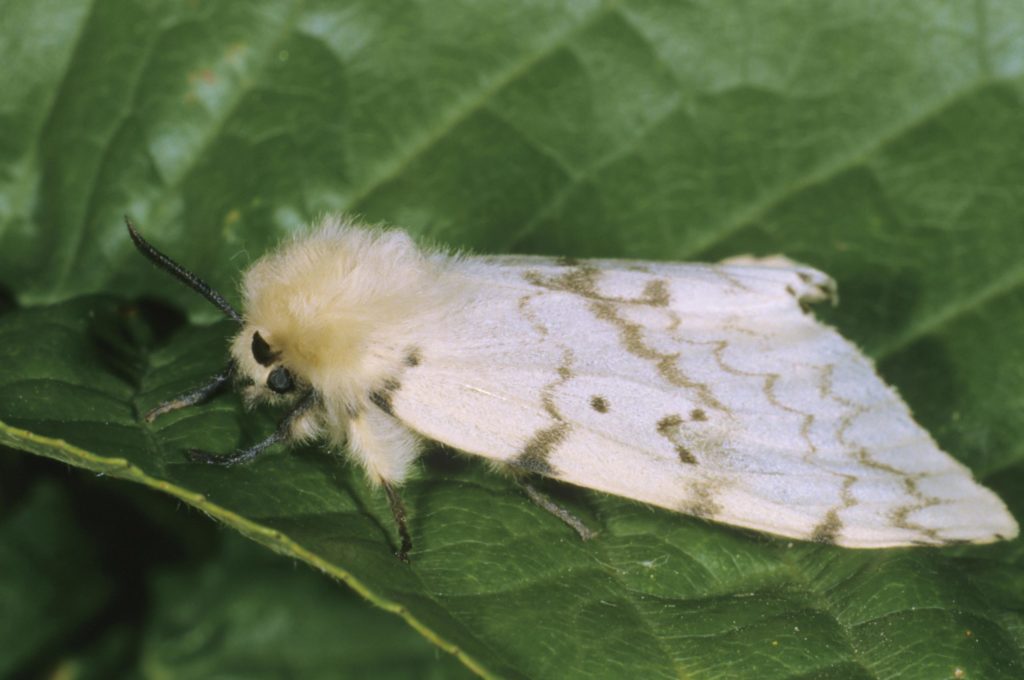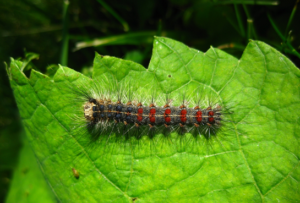What You Need to Know About the Spongy Moth

When it comes to knowing what pests you need to look out for, the Spongy Moth is on the list and not very well known. These pests have been causing tree defoliation all over the east coast. If you’ve noticed any of the spongy, tan-colored egg masses on trees or firewood, you’ve now been formally introduced to the Spongy Moth.
But don’t be alarmed, Sussex Tree is here to help you learn what you need to know about the Spongy Moth and how to handle it if they’re bothering your trees.
What is the Spongy Moth?
The spongy moth is a small, fuzzy insect about the size of a grain of rice. It bears a striking resemblance to a moth, but unlike ordinary moths, it has no wings or legs, and cannot fly. But that’s not the only out-of-the-ordinary thing about them. The leaf-chewing caterpillars can have a big impact on your trees. They are an invasive species so there are not enough predators or diseases able to keep the population down.
It’s common to see female moths lay eggs on branches in July which won’t hatch until April or May. These spongy masses can contain hundreds of eggs and then the larvae feed on the trees. The most common trees they will go for are oaks, maple, beech, birch, hawthorn, apple, poplar, and willow, but when they’re in high numbers, they will feed on any tree or shrub they can find.
So what can you do to stop the defoliation of your trees? Plan your treatment ahead of time with Sussex Tree! Our team of certified arborists knows how to keep your trees healthy and keep the Spongy Moths away. Reach out to Sussex Tree today to handle any pests that come your way!


